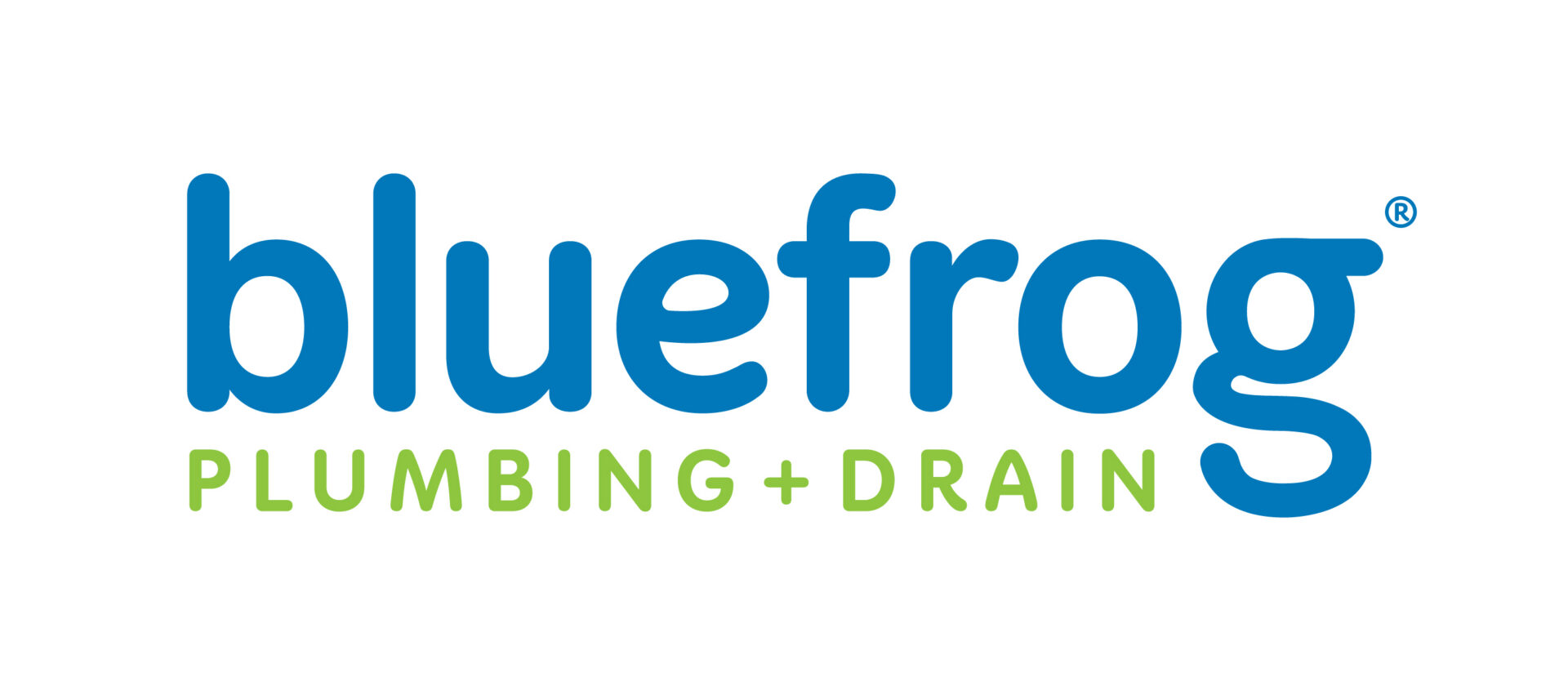Is your toilet running constantly? If it is, it may be wasting gallons of water every day which can dramatically increase your monthly water bill. Luckily, there are simple fixes to most problems causing the water to run constantly that don’t require a professional, or even tools.
How Does My Toilet Work?
The first step to fixing your toilet is understanding how it works. After flushing your toilet, the tank is refilled through a fill tube, lifting a float that will shut off the incoming flow of water once it reaches a certain level, while a flapper connected to the float by a chain seals off the tank from the toilet bowl.
What Causes a Toilet to Keep Running?
Toilets usually keep running when the flapper isn’t working correctly. It might not close all the way, which allows water to leak from the tank into the bowl. The issue could be the chain that connects the flapper to the lever, or the flapper might simply be worn out or damaged and need to be replaced.
Other components inside the tank could be to blame. The fill tube could cause the toilet to run if it’s not connected to the fill valve or if it’s not within the overflow tube. An improperly positioned float within the tank can also cause water to run when it shouldn’t.
What Issues Can a Constantly Running Toilet Cause?
The main problem you have when your toilet won’t stop running is wasting water. You might notice an increase in your water bill if you ignore your constantly running toilet, and the toilet may overflow if the water runs too much. That could lead to water damage and mold growth. Addressing the issue quickly saves you money and prevents potential damage.
In order to figure out why your toilet won’t stop running, you’re going to want to check each of these components to ensure that all of them are working as intended. Before you do anything, you’ll need to remove the lid off of your toilet’s tank and prepare to get your hands wet.
- Check the flapper. A very common issue that could be causing your toilet to constantly run is that the flapper may not be closing all the way. Fixing this could be as easy as reaching down and pushing it all the way closed. If you’re lucky, that’s all you’ll need to do to fix the problem.
- Replacing the flapper. If simply pushing it down doesn’t fix the problem, you may need to replace the flapper altogether. To remove it, flush your toilet in order to completely drain the tank. Unhook it from the base of your tank and from the chain and pull it out. Before rushing to the store to buy
a replacement, first check for any discoloration, mineral deposits, breaks in the plastic or rubber, or warping. If the problem is buildup on the flapper, a simple clean should fix your issue. If there’s a problem with the flapper itself, you’re going to need to get a replacement. Once you’ve picked a new one up, simply reattach the chain and hook it to the base of your tank.
- Check the chain. If the chain connecting the flush lever to the flapper is either too long or too short, it may be the culprit behind your problems. Jiggle the lever to check the length; if it’s too short, it will pull up the flapper with minimal movement, and prevent a proper seal from being formed; if it’s too long, then it may interfere with the flapper closing at all. If you find that the chain is too long, simply move the clip down to shorten it. If it’s too short, you will need to replace it with a longer one. Make sure you know how long the chain you need is, otherwise you may accidentally buy the wrong length, necessitating a return trip to the store.
- Check the fill tube. This tube runs from the fill valve to the overflow tube, and it channels enough water through the overflow tube to refill the toilet bowl between flushes. Make sure it’s properly connected to the fill valve, and make sure it’s properly positioned in the overflow tube. You’ll want to flush the toilet with the tank lid still off to make sure the water stream is going down the overflow tube.
- Check the float. If it’s positioned too low, your tank won’t fill enough to produce a proper flush; if it’s positioned too high, water can spill over into the overflow tube, preventing the fill valve from turning off. In newer toilets, you simply need to slide a clip or turn a screw to readjust its height, but in older toilets you may need to bend a brass rod connected to the float. You want to position it about an inch below the critical level marked on the fill valve.
When to Call a Professional Plumber
Many fixes for a toilet that won’t stop running, such as replacing the flapper and adjusting the chain or float, are relatively easy options you can do yourself. However, if those repairs don’t work or the problem keeps recurring, it could be time to call a professional plumber to help with your toilet repair. They may discover a bigger problem that needs to be addressed. You can also call a plumber as soon as you notice the toilet won’t stop running if you don’t want to troubleshoot the issue yourself.
At bluefrog Plumbing + Drain, our plumbers have a reputation for excellence. Call us today at 1-844-HOP-TO-IT to set up your free in-home evaluation to receive a price quote.
Related Posts:
